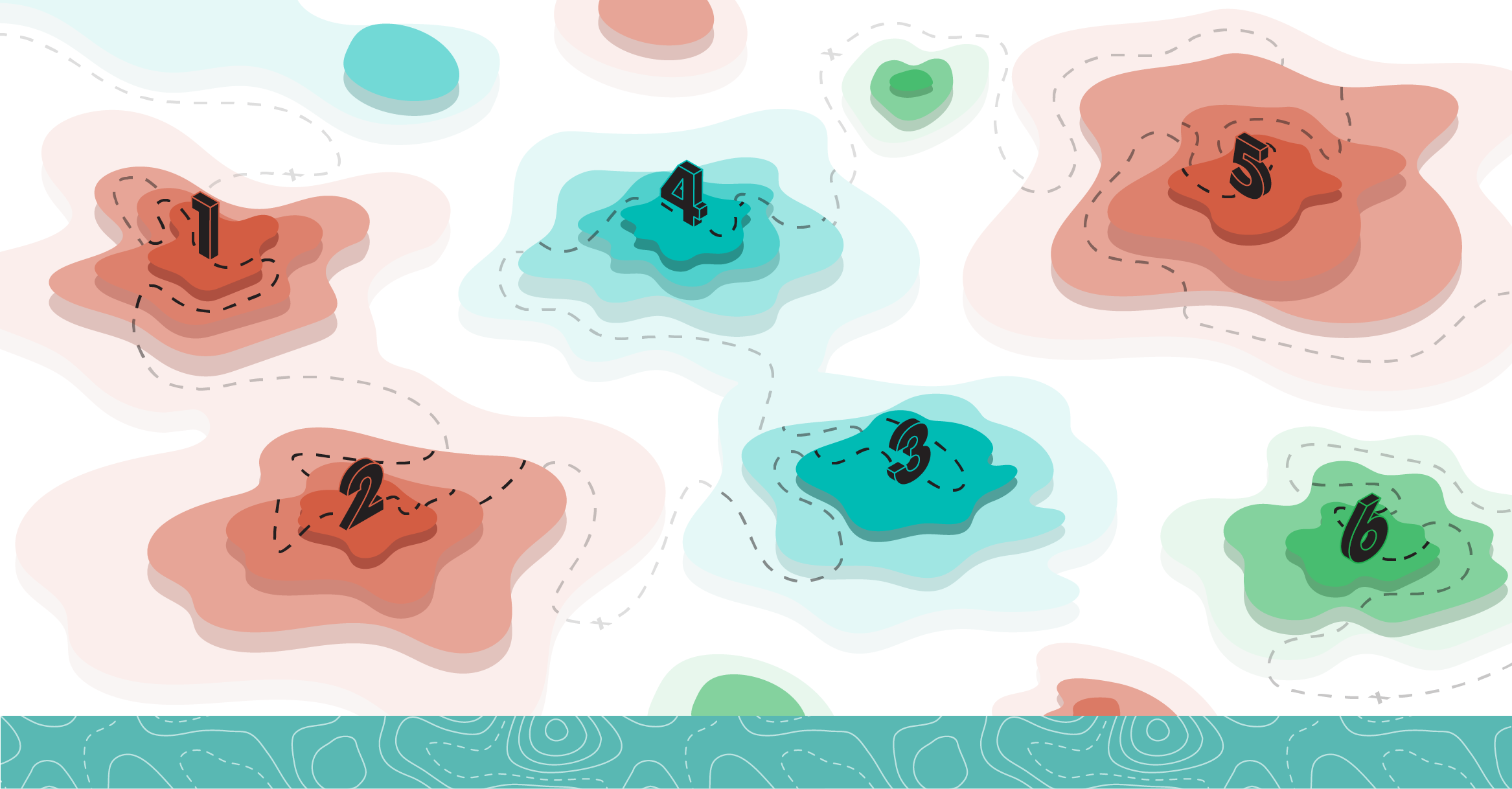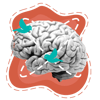
6 Things to Look For When Identifying Unmet Needs

The consumer and end user is at the heart of all research. In order to stay relevant and successful, brands and the leaders that drive them need to understand their consumers from every angle. As researchers, our mission is to uncover what makes these consumers tick, how they use and feel about various products or services, what they desire, and most importantly, we try to uncover the gaps and determine how to fill their unmet needs and find actionable insights.
How do we do that? It takes a trained eye and a lot of practice! Believe it or not, these unmet needs are oftentimes hiding in plain sight. When our researchers enter the field, there are six key elements they look out for:
 1. Workarounds & Repurposed Objects
1. Workarounds & Repurposed Objects
Humans are defined by our adaptability and ingenuity. One of the magical moments that can happen in a research interview is when a participant picks up the client’s product, and shows them how they really use it. When an experience is unsatisfactory, we find a way to make it work. One hallmark of these workarounds is when we see users hacking their own solutions when products fail to meet their needs or expectations. Has a user created "special systems" to get the job done? Is a product being used upside down? Is there any duct tape or relabeled items? These workarounds and repurposed items teach us something important about how well the product does its job in the first place, and what the real desired outcome is.
 2. Say & Do Gaps
2. Say & Do Gaps
Another indicator is what we call "say-do gaps." A user might say one thing, but do something else - actions may be in direct opposition to words. Often this is not someone misleading us; there is often hidden meaning and method to the madness. When we spot these tensions, we are often seeing the difference between the aspiration or intent and the imperfect reality of daily life. Ultimately, finding user insight helps us ask better questions to learn more about the tacit motivations and driving forces behind decision-making.
 3. Barriers and Obstacles
3. Barriers and Obstacles
Barriers can be physical, cognitive, emotional, or behavioral. If something impedes, disrupts, or otherwise takes away from an ideal experience, it’s a barrier. Somewhat ironically, we see barriers as gateways because they provide us access to the underlying causes for negative emotions, lack of adoption or awareness, or stopped momentum, as well as people’s mental models for how an experience should work. If the first step to solving a problem is acknowledging that you have one, then the first step to getting your product over a wall is understanding how it’s a barrier.
 4. Wear Patterns
4. Wear Patterns
Wear patterns are nothing more than traces of regular use, or even indicators of non-use. The beauty of these patterns is that they are purely organic, forming overtime through repetition and routine. From the worn out portions of flooring or sofa cushion to the dust around that one item on a shelf, these patterns are a visible clue to an item’s importance or abandonment. These habits may be so routine that people don’t think of them - a perfect thing for us to probe on things like the collection of graveyard products under the sink that never get used. How did they get there?
 5. Confusion & Conflict
5. Confusion & Conflict
We all expect products to be effective and intuitive. When they don’t deliver on this promise, people become frustrated, embarrassed, or confused. When we are with users at these times, we may see the pain in their expressions and their composure may melt away, but we take the opportunity to redirect them to help us uncover root causes. With careful probing we can identify significant pain points for teams to solve and present opportunities for improved communication or processes.
 6. User Torture
6. User Torture
Best for last, as we know, people have a tendency to adapt. Yet, sometimes adaption is closer to endurance and people tell themselves that the pain or frustration will be temporary. And sometimes we just keep living with our square peg crammed into a round hole. The signs of this are often physical manifestations - a grimace, a bodily contortion, or item visibly forced to function in a way it was never intended. When we find these instances of imperfect or inconvenient situations deemed “acceptable for now,” we know we’ve found a serious unmet need.
All users are unique - they think, act, and feel differently about products and services. But when we keep these six elements top-of-mind while out in the field, unmet user needs surface and the insights become actionable.
